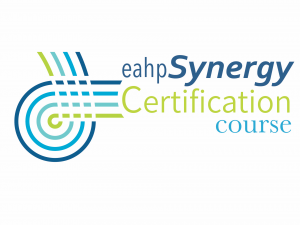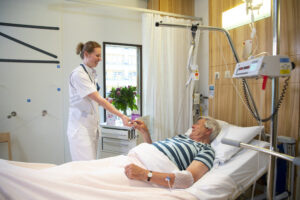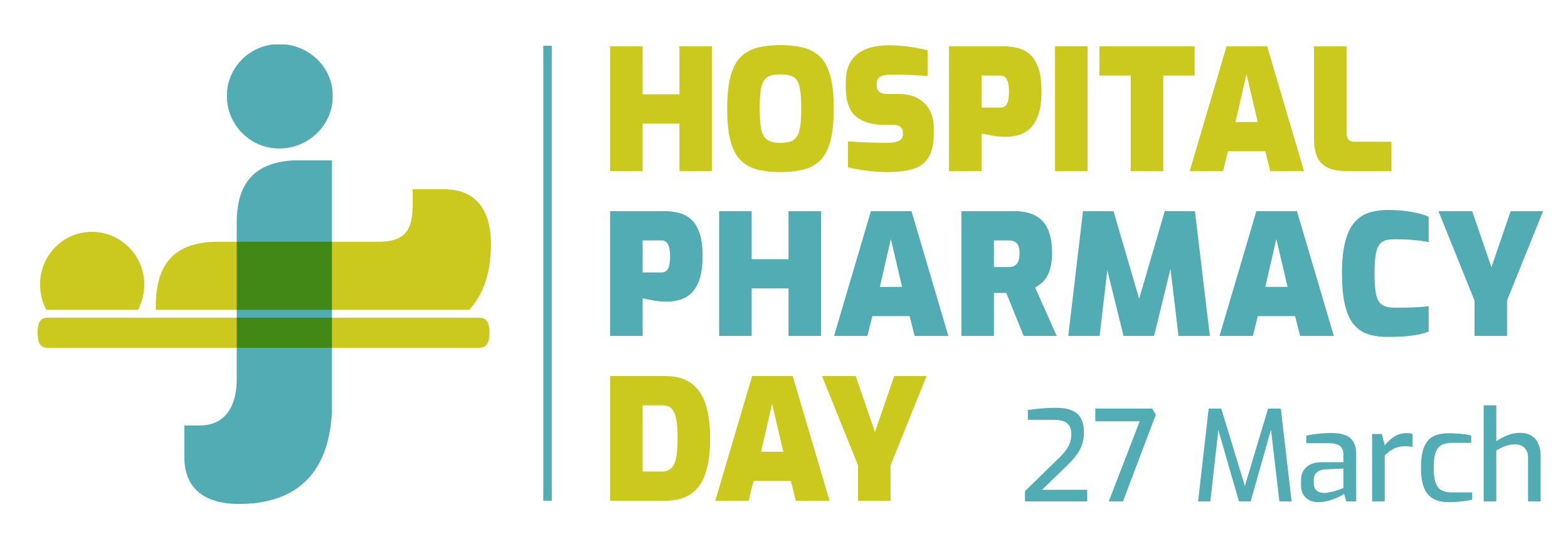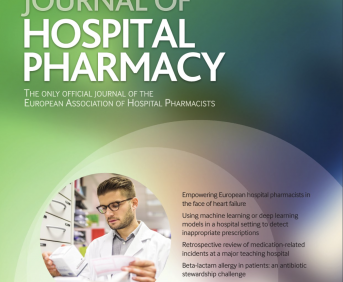Prescription review of digoxin-treated inpatients: Pharmacist involvement in its pharmacokinetic monitoring and dosage adjustment
Pdf

European Statement
Clinical Pharmacy Services
Author(s)
DEL RIO GUTIERREZ JOSE MANUEL, MARTA MIARONS FONT, SONIA GARCIA GARCIA, TONI SORIANO COLOMÉ, ALBA PAU PARRA, ARIADNA GRACIA MOYA, NIEVES HERRANZ MUÑOZ, BRUNO MONTORO RONSANO, PAU RELLO SABATE, GERARD ORISTRELL SANTAMARIA, MARIA QUERALT GORGAS TORNER
Why was it done?
Digoxin is a drug frequently implicated in medication errors due to its difficult clinical management. It has also been observed that digoxin pharmacokinetics could change in acute medical conditions, compromising its effectiveness and safety. As hospital pharmacists, we have the opportunity to review which dose is the most appropriate for every patient.
What was done?
Twice-weekly active and extensive pharmaceutical review of digoxin-treated inpatients was established to identify whether the prescription was adequate and to adjust dosage according to plasma concentrations (PCs) and clinical situation.
How was it done?
1. A multidisciplinary team comprising pharmacists and cardiologists was created to identify possible solutions to improve digoxin prescribing.
2. It was agreed that a twice-weekly extensive review of digoxin-treated inpatients would be conducted by a pharmacist. Candidates for digoxin monitoring were:
a. Patients on chronic digoxin therapy and with at least one of the following risk factors: presence of renal failure (RF), recent surgery, elderly patients (≥65 years), critically ill patients, or patients with suspected toxicity.
3. Once the patients were identified by the pharmacist, they would be discussed with the cardiology team.
4. Digoxin prescriber would be contacted to recommend performing a determination of digoxin PC. PC reference range was set at 0.8–1.2 µg/L for atrial fibrillation (AF) and 0.5–0.8 µg/L for heart failure (HF).
5. PCs would be interpreted using a pharmacokinetic monitoring software (PKS Abbot).
6. Monitoring results and recommended dosage adjustments would be communicated.
What has been achieved?
From August 2021 to May 2022, 190 patients were identified. Sixty-five (33.7%) were considered for monitoring, of whom 21 (32.3%) were women. The average age was 77.9 (SD 11.7). Sixty-five (100%) with AF and 8 (12.3%) also with HF. The most prevalent risk factors warranting monitoring were patients aged 65 years or older (N=57, 61.9%) and RF (N=31, 33.7%). Thirty-three (51%) of monitored patients required a dosage adjustment, of whom 23 (69.8%) required a dose decrease, 5 (15.1%) an increase and 5 (15.1%) to stop the treatment. Median digoxin concentrations were 1.23 µg/L (interquartile range: 0.75-2.03).
What next?
The process described applies to any centre able to monitor digoxin CPs both in inpatient and outpatient settings.


























